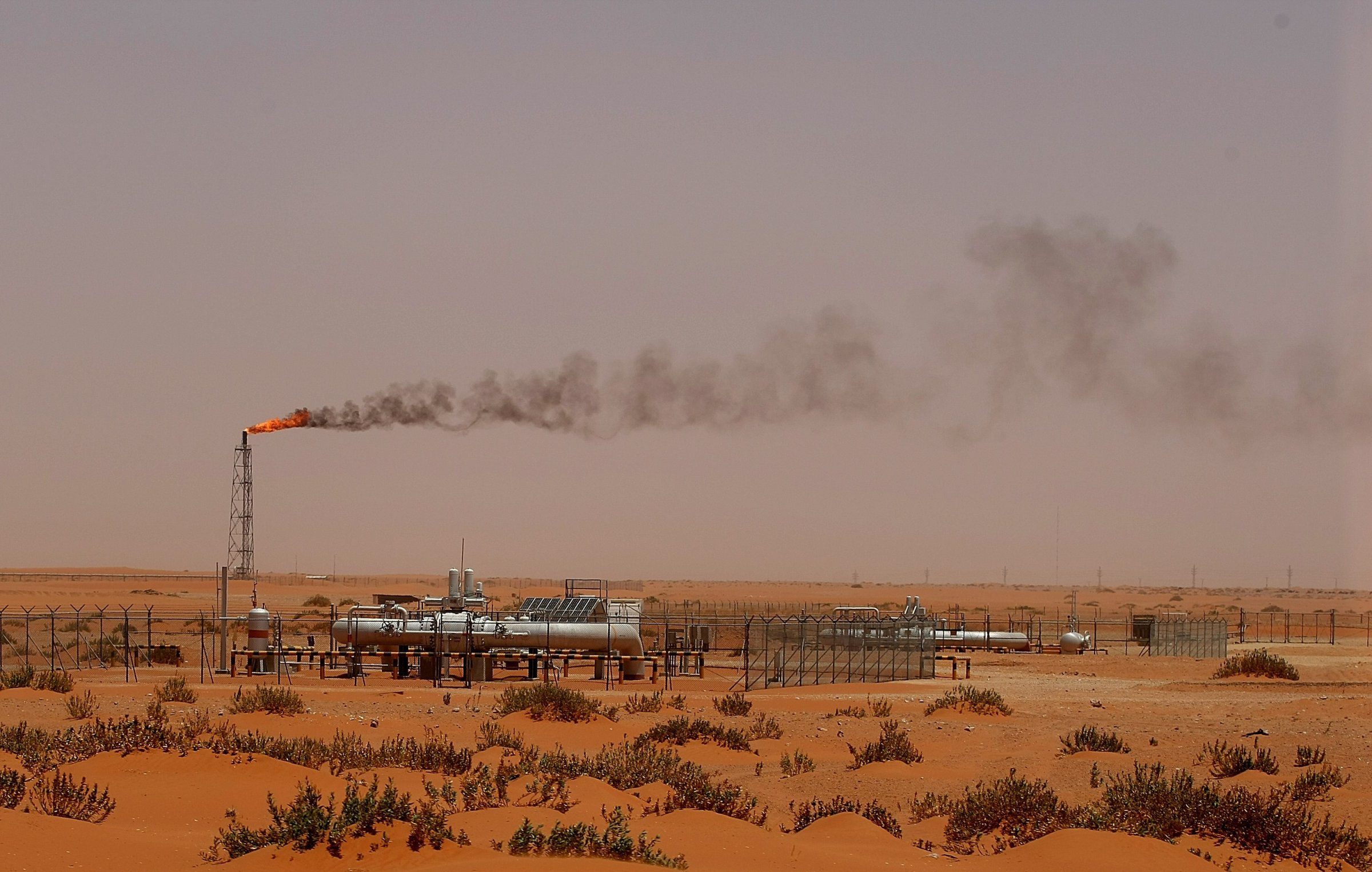
The Saudi Arabian sale of Saudi Aramco is already starting to attract widespread attention after Mohammad bin Salman, deputy crown prince of the Kingdom, indicated that an IPO for the state owned giant will proceed next year. That IPO, likely to be for less than 5 percent of the company, is being talked about as a way for Saudi Arabia to raise funds in a time of continued low oil prices. While the additional funding would be a welcome boon – Saudi Aramco would likely be valued at over $2 trillion dollars – the reality is that the IPO only distracts from the Kingdom’s deep well of future challenges.
Saudi Arabia has run its own state-owned oil company for decades now, which should lead prudent investors to question why the country would be interested in giving up even a piece of the firm now. There are only two possible answers. Either Saudi Arabia needs the funding and sees profits from Saudi Aramco being depressed for years to come, or the Kingdom is looking to diversify its holdings.
Oilprice.com: The Real Reason Saudi Arabia Killed Doha
The timing of the IPO certainly suggests that the Kingdom expects persistent low oil prices for years to come, which should make buyers of the IPO wary. In addition, while the company is highly profitable and controls vast swaths of lucrative resources, only a portion of those assets will be up for sale. Specifically, its oil reserves are unlikely to be included in the IPO. Instead the IPO will probably be for a subsidiary, which includes downstream assets of Saudi Aramco.
Given that Saudi Arabia is not looking to sell its unproven reserves and the fact that it is selling less than 5 percent of the biggest national assets, the view that the Kingdom is trying to exit oil before a long period of depressed profits doesn’t seem to hold much water.
Instead Saudi Arabia is probably looking to diversify its holdings and sees the success of the Norwegian national Public Investment Fund as a model.
Oilprice.com: The Worst Is Yet To Come For Oilfield Services
Countries with large amounts of natural resources relative to their size have always struggled with growing their economies in a consistent manner and ensuring the prosperity of their citizens. That’s particularly true with oil rich economies. Only Norway has managed to avoid this issue. The problem is so endemic it even has its own name; the paradox of plenty.
Despite having vast wealth in the form of oil, Saudi Arabia is still economically far behind developed economies, and its economy is essentially focused only on oil – a situation that is proving challenging at present. To get beyond this reality, the Kingdom needs to diversify its assets.
That won’t be easy. While Saudi Arabia is gearing up to hire investment professionals around the world to help with asset evaluation and investment, the reality is that diversification will prove very difficult. Significant diversification would also require selling a lot more than 5 percent of Saudi Aramco as well.
Oilprice.com: Oil Crash Creates Glut Of Petroleum Engineers – More Layoffs Coming
To truly support its economy in the absence of oil revenues, Saudi Arabia would need trillions of dollars of ownership in international businesses outside its borders. To get that much exposure to overseas firms will require deep capital markets capable of absorbing significant Saudi investments and an extraordinarily efficient oversight process. Investing even $500 billion into most capital markets around the world simply has too much of a distortionary effect on asset prices to ever lead to profitable investments.
Perhaps the only exception to this rule is the U.S. The U.S. stock market value fluctuates routinely, but is worth roughly $20 trillion these days. Thus to invest $1 trillion would require that the Saudis buy 5 percent of all stocks. That’s a difficult hurdle to meet in an efficient way, especially given the Kingdom’s lack of experience in large-scale investments across potentially hundreds of firms. In summary then, the Saudi Aramco IPO may make headlines, but don’t expect it to solve the Kingdom’s future economic challenges any time soon.
This article originally appeared on Oilprice.com
More Must-Reads from TIME
- Donald Trump Is TIME's 2024 Person of the Year
- Why We Chose Trump as Person of the Year
- Is Intermittent Fasting Good or Bad for You?
- The 100 Must-Read Books of 2024
- The 20 Best Christmas TV Episodes
- Column: If Optimism Feels Ridiculous Now, Try Hope
- The Future of Climate Action Is Trade Policy
- Merle Bombardieri Is Helping People Make the Baby Decision
Contact us at letters@time.com